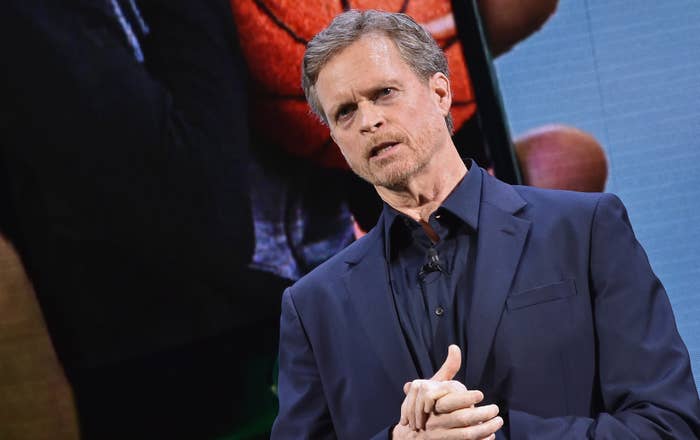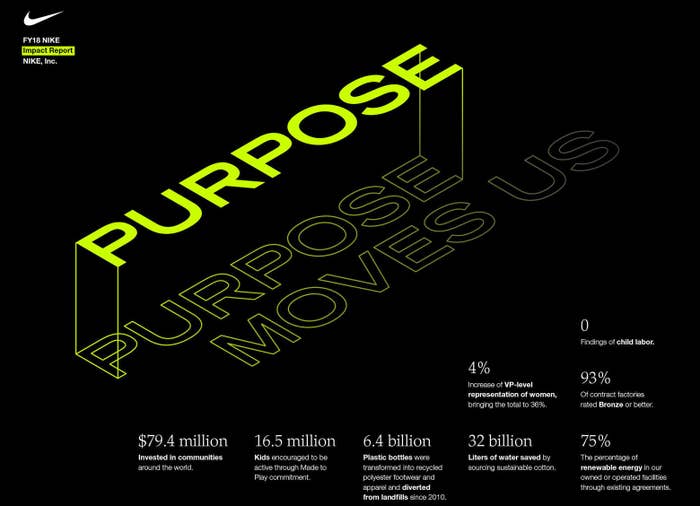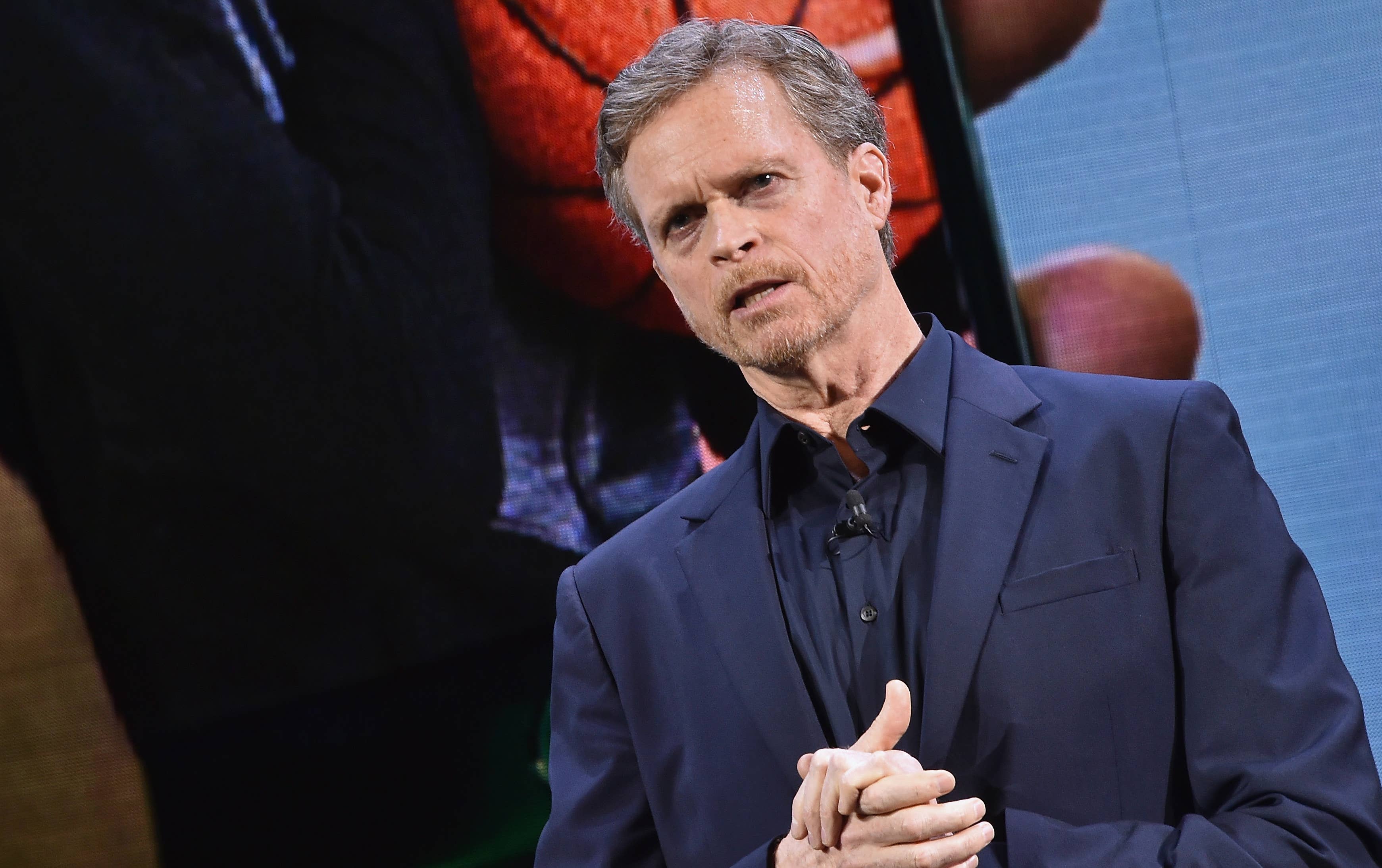
In recent years, Nike has made great efforts to counteract climate change. And with the hot button topic becoming a trending point of discussion again this week thanks in large part to a viral Bill Nye video, the company is using the opportunity to flex its latest accomplishments.
In a letter released yesterday, Chairman, President, and CEO Mark Parker outlines the brand's efforts to become more sustainable. "For sport to thrive, we need clean air and open spaces," writes Parker. "That’s why we set a bold target to source 100 percent renewable energy across our global operations by 2025, which saw major momentum this year as we committed to 100 percent renewable energy in North America and Europe."
Parker says Nike is aligning itself with the Global Fashion Agenda and the United Nations Framework Convention on Climate Change's Fashion Industry Charter for Climate Action. The program, founded in late 2018, aims to achieve net-zero emissions (carbon neutrality) by 2050.

Beyond this, Nike's touting that it has recycled 6.4 billion plastic bottles since 2010, along with saving 32 billion liters of water by using sustainably sourced cotton. The company also says it uses 75 percent renewable energy across all of its owned and operated facilities.
Although it's currently a hot topic in the news, the Swoosh's sustainability push isn't a new stance. In 2000, the brand phased out the inclusion of greenhouse gasses (SF6) in its Air Max products. Despite being one of the technology's defining features, Nike made good on its promise, although the move resulted in noticeably smaller Air units which was met with disdain by many collectors. It also launched the environmentally friendly Considered line in 2005, a concept which has now found its way into Nike's mainline production in materials like Flyknit.
"We know that we have a long way to go. Yet just as our athletes have shown us, I believe some of Nike’s craziest dreams are just beginning to take flight," Parker said.

